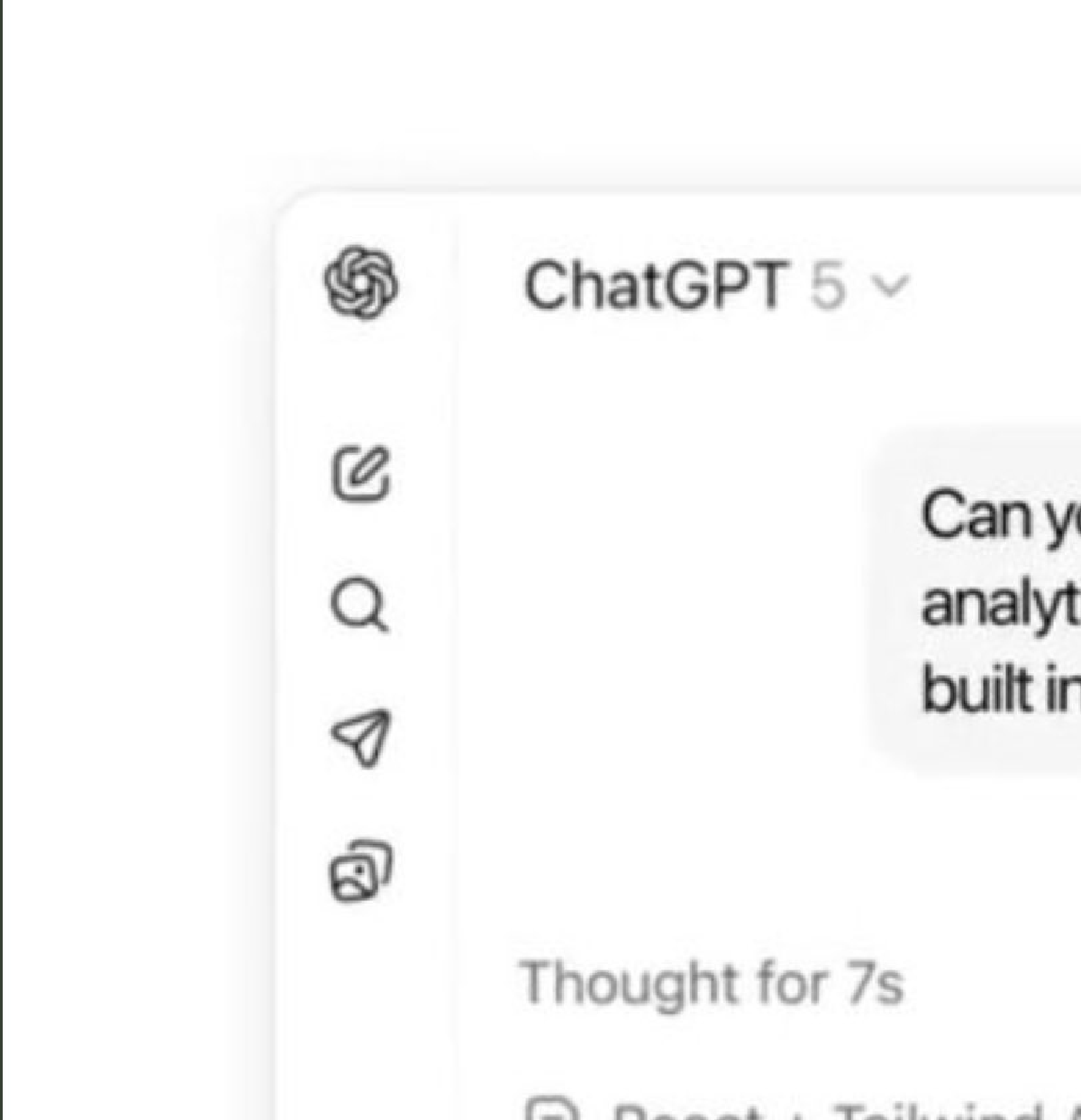OpenAI is testing direct messaging in ChatGPT, moving beyond the traditional chat interface toward something more like texting with an AI. The feature would let users maintain ongoing conversations that persist across sessions and contexts.
How It Works#
Instead of starting fresh conversations or explicitly managing context, DMs would create continuous threads. Ask ChatGPT something in the morning, reference it hours later, pick up where you left off days later. The AI maintains state across the entire relationship.
It’s a small UX change with significant implications. Chat sessions are ephemeral by nature. DMs are persistent. That changes how people interact with AI from transactional to relational.
Why OpenAI Is Doing This#
Making AI feel less like a tool and more like an assistant requires continuity. Nobody wants to re-explain their preferences and context every time they open an app. DMs solve that friction.
It also increases engagement. Persistent conversations create habit. You check messages. You respond. You come back. That’s valuable for OpenAI’s business model, whether through subscriptions or data collection.
The Privacy Angle#
Persistent conversations mean persistent data. Everything you’ve ever said to ChatGPT, stored, indexed, potentially analyzed. OpenAI’s privacy policy governs how that data is used, but the volume of personal information in a years-long DM thread is substantial.
Users should think about what they’re comfortable sharing when the conversation never really ends. Ephemeral chats are naturally private. Persistent ones require trust in the platform.
Useful or Unsettling#
For task management and ongoing projects, DMs make sense. Working on something over time? Having context persist is legitimately helpful. The AI remembers what you’re building and can offer relevant suggestions.
But there’s something unsettling about a permanent conversation with an AI. It mimics human relationships without being one. People might start treating ChatGPT like a confidant, forgetting it’s a product recording everything.
What to Watch#
Does OpenAI give users granular control over what persists? Can you delete parts of the conversation without nuking everything? How visible is it when data gets used for training?
The difference between convenient and invasive is usually in the details of implementation, not the concept itself.
Stay updated: Follow OpenAI’s blog for the official rollout details.


